Latest Blogs
10 Important Tests for Diabetes
On the off chance that you encounter symptoms of increased thirst, frequent urination, unexplained weight reduction, increased appetite, and feel a tingling sensation in your hands or feet, chances are that you are a diabetic. Find out by the following diabetes tests. The Symptoms and effects of diabetes show up all of a sudden and are frequently the explanation behind checking glucose levels. Since the symptoms of diabetes and prediabetes appear more gradually, the side effects may not be clear to us. However, The American Diabetes Association (ADA) has prescribed some particular screening rules for the accompanying individuals: Individuals aged 45 and above are encouraged to get a blood sugar screening, and if results are normal, he is to be screened in every 3 years. Any individual with a body mass index higher than 25, paying little respect to age, pertaining to extra risk components like, hypertension, an inactive way of life, someone who has been diagnosed with PCOS, having delivered an infant who measured more than 9 pounds, a crisp background marked by diabetes in pregnancy, extremely high cholesterol levels, a past filled with coronary illness, and having a relative with diabetes. All top test for diabetes mentioned here. Top Tests for Diabetes HbA1C: This blood test shows your normal glucose level for as long as a few months. It quantifies the rate of glucose connected to haemoglobin and the protein that carries oxygen in red blood cells. The higher the glucose levels, the more haemoglobin one has with sugar attached to it. An A1C level of 6.5 percent or higher on two separate tests shows that you have diabetes. An A1C somewhere around 5.7 and 6.4 percent demonstrates prediabetes. Beneath 5.7 is viewed as normal. Fasting Blood Sugar Test: In this test your blood sample will be collected after you have observed an overnight fast. A fasting blood sugar level less than 100 mg/dL (5.6 mmol/L) is normal. A fasting blood sugar level from 100 to 125 mg/dL (5.6 to 6.9 mmol/L) is considered prediabetes. If it’s 126 mg/dL (7 mmol/L) or higher on two separate tests, you have diabetes. A Complete Blood Count (CBC): This is a blood test used to evaluate an individual’s overall health and discover a wide range of disorders, ranging from anemia, to leukemia. The CBC test measures several components and features of one’s blood, that typically includes Oxygen carrying Red blood cells, White blood cells, Hemoglobin, the protein in red blood cells that carries oxygen, Hematocrit, the proportion of plasma in an individual’s blood and Platelets, that help with clotting blood. Any abnormal increases or decreases in these cell counts as revealed in a CBC test may indicate that one might have an underlying medical condition that requires to be diagnosed further. Post Prandial Glucose Test (PPBS): This is a blood glucose test that decides the measure of a particular type of sugar, named as glucose. In this test Glucose is measured in the blood particularly after a meal. Ordinarily, blood glucose levels elevate marginally after eating a meal. This expansion causes the pancreas to discharge insulin, which helps the body in expelling glucose from the blood and storing it for providing vital energy to the body. Individuals with diabetes may not create or react legitimately to insulin, which increases their blood glucose levels. High blood glucose levels can drastically harm the eyes, kidneys, nerves, and veins. A 2-hour PPBS test measures blood glucose precisely 2 hours in the wake of eating a meal. By this point glucose has generally retreated down in healthy individuals, yet it might in any case be raised in individuals with diabetes. Subsequently, it serves as a trial for whether an individual may have diabetes, or of whether an individual who has diabetes is effectively controlling their blood glucose levels. Cholesterol Test: Diabetes drastically increases the risk of heart disease in an individual, which makes it inevitable for them to have a blood test to screen their cholesterol levels more frequently; in the off chance their cholesterol levels are high. Triglycerides: Triglycerides are a kind of fat that is typically found in the blood. When there is an increase in the levels of triglycerides, it increases the risk of coronary artery disease, especially in women. A person’s triglyceride levels are measured with a blood test along with testing cholesterol levels in the blood. Normal triglycerides are below 150. Levels above 200 are high. Normally a person’s triglyceride level increases due to: Being overweight Lack of Exercise Excessive Smoking Alcohol Genetic disorders Triglyceride levels may be lowered with a combination lifestyle changes like: Losing Weight Healthy Diet Regular Exercise Creatinine Blood Test: A creatinine blood test measures the level of creatinine in the blood. Creatinine is a waste item that structures when creatine separates. Creatine is found in your muscle. Creatinine levels in the blood can provide your specialist with data about how well your kidneys are functioning. Electrolytes: This is a blood test that measures the main electrolytes in the body which includes sodium, potassium, chloride and bicarbonate (CO2)—can be used to evaluate symptoms of heart disease and monitor the effectiveness of treatments for high blood pressure, heart failure and liver and kidney disease. Insulin Auto Antibodies (IAA): This tests detects the antibodies targeting insulin, Along with attacking beta cells, the immune system in people with type 1 diabetes also targets insulin.. C-Peptide: This test measures how much C-peptide is in the blood of an individual. Since levels of this peptide generally match insulin levels in the body, the test is mostly used to indicate how much insulin an individual’s body is producing. Normally Low levels of C-peptide and insulin usually point to type 1 diabetes.
15 Everyday health tips for Diabetics
1. Keep a lid on your stress levelsStress whether physical or mental can trigger a raise in the blood sugar level. Stress hormones like cortisol play an important role in triggering this reaction as it provides sugar when the body needs the most. People who are stressed for a prolonged period of time thus have a greater risk of sugar spikes. Diabetics who are often stressed out know when their sugar levels spike up. It is important to keep a tab on stress levels and practice de-stress techniques like yoga, exercise, meditation and deep breathing.2. Do not skip breakfastDiabetics, especially those suffering from type 2 could wreck their sugar levels by skipping breakfast. Often people with diabetics assume that it is good to skip breakfast since you are not adding more calories. However research suggests that type 2 diabetics who skip breakfast have raised blood sugar level throughout the day. It is important to have a protein rich breakfast which gives a feeling of fullness and is also healthy.3. Eat plenty of fruits and vegetablesThe amount of carbohydrates you eat has the biggest effect on your blood glucose levels after eating. Therefore, reducing portions can help manage your glucose levels. It is also important to choose better sources of carbohydrates including wholegrains, pulses, fruits and vegetables and some dairy foods.4. Replace pack of chips with some nutsGo for the healthier option, always!5. Limit aerated and sweetened drinks. Choose Green Tea insteadAerated and sweetened drinks are loaded with empty calories and is an absolute NO for diabetics.6. Reduce portion sizeIf you are overweight, reducing your overall portion sizes will also help you to lose weight. Losing excess weight has been shown to be beneficial in managing blood glucose, blood pressure and cholesterol levels.7. Add fibre like whole grain and beans to your plateThe role of a fibre rich food in diabetics is critical. It provides a feeling of fullness in every meal, thereby reducing the calories that you intake. In addition, fibre rich foods also aids digestion.8. Eat small but frequent mealsEating small and frequent meals boost your metabolism levels. Diabetics need to avoid over eating for the simple reason that it leads to a spike in sugar levels.9. No excuses… Be sure to exercise dailyPhysical activity and maintaining a healthy weight cannot be stressed enough. With regular exercise and active lifestyle, your cells become more sensitive to insulin thereby increasing its efficiency. So, exercising consistently can lower blood glucose and eventually this will mean less medicines and insulin intake. In addition, regular physical activity helps in lowering blood pressure and cholesterol thereby reducing your risk for heart disease and stroke. Exercise helps you lose weight by burning calories and relives you of stress.10. Opt for home cooked food instead of instant meals or takeawaysIt is important to know what you are eating. When you pick takeaways, you have no idea whether it is fresh and if it is prepared under hygienic conditions. The choice of oil and fats is unknown. It is best to consume freshly prepared food at home.11. Avoid processed and refined foodsProcessed and refined foods are an additional burden to your cells and are detrimental for the health of diabetics.12. Limit cakes and other bakery itemsIt is best to limit the intake of cakes and confectionaries. Opt for natural sweeteners like honey and jaggery and use recipes that allow you to make bakery items with natural sources.13. Be sure to get 6-7 hours of sleepA good night’s sleep allows your body to rest and helps keep your blood sugar in control. Lack of sleep often leads to stressful situations which in turn raises your blood sugar levels.14. Reduce salt intakeDiabetics are at a risk of developing hypertension and heart disease. Therefore it is important that Diabetics limit their salt intake.15. Regularly evaluate your blood sugar levelsMonitoring your diabetes is crucial to preventing some of the possible complications associated with diabetes. This involves knowing your blood glucose, blood pressure and blood fat levels, as well as the condition of your feet and getting your eyes and kidneys screened for early signs of damage.Blood glucose targetsBlood fats (lipids)Lipids are the cholesterol and triglycerides in your blood. Cholesterol is a type of fat found in all of us. You may be familiar with the term blood cholesterol, but what you may not know is that not all cholesterol is bad. Some of it, HDL (high density lipoprotein), can actually protect against heart disease. Low levels of this protective HDL cholesterol increase your risk of cardiovascular disease (CVD). However, LDL (low density lipoprotein) cholesterol is the bad form of cholesterol in the blood. Triglycerides are another type of fat in the blood. If you have raised cholesterol and raised triglycerides you have an increased risk of CVD. Your total cholesterol level should be below 4.0mmol/l. LDL levels should be less than 2.0mmol/l. HDL levels should be 1.0mmol/l or above in men and 1.2mmol/l or above in women. Triglyceride levels should be 1.7mmol/l or less. Get yourself tested regularly and take control of your health today
Simple tips for a Diabetes-Friendly Diwali
Diwali is the most auspicious festival celebrated in India. However, come Diwali and people lose a track of their calorie intake. It is considered OK to have a little more sweet on this day! Here is how you can still have a fun and healthy Diwali! Limit consumption of foods and sweets. Over intake of sweets at a short period leads to sugar spike and creates complications Choose roasted and baked alternatives in place of fried savouries and sweets Gift dry fruits loaded with good fat instead of sweets Use natural sweeteners like honey and jiggery. There are many new age recipes that are just as sweet and healthy too! Final word of caution, Do not skip your exercise routine
Everyday Healthy foods that have more sugar than you need!
Did you know that you could be consuming healthy foods but they could actually be wrecking your body? Following are the everyday foods that have almost 2-3 times more sugar than what is recommended for you! Breakfast Cereals Low Fat Yoghurt Granola Bars Fruit Yoghurt Sports Drinks Chocolate Milk Bread Protein Bars 100% Fruit Juice




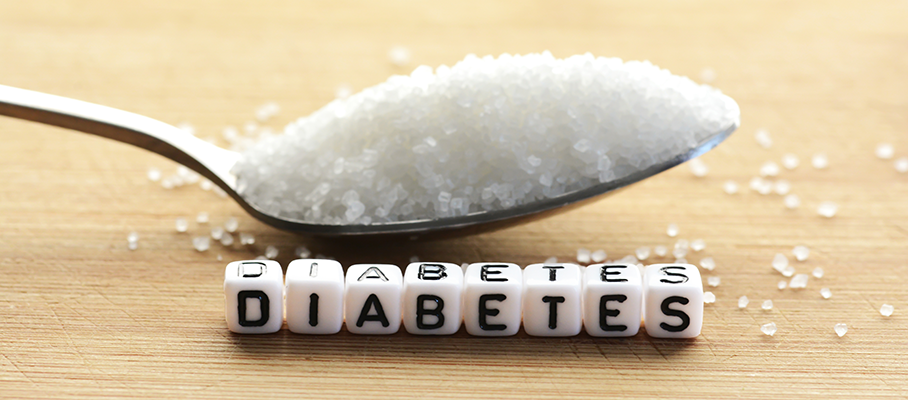

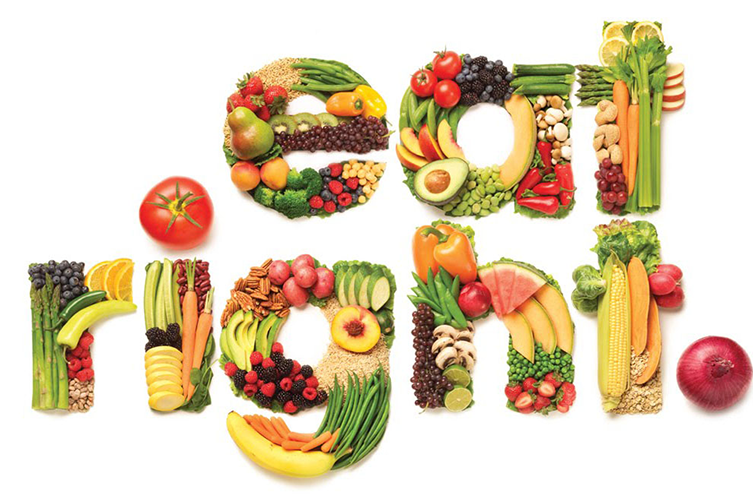
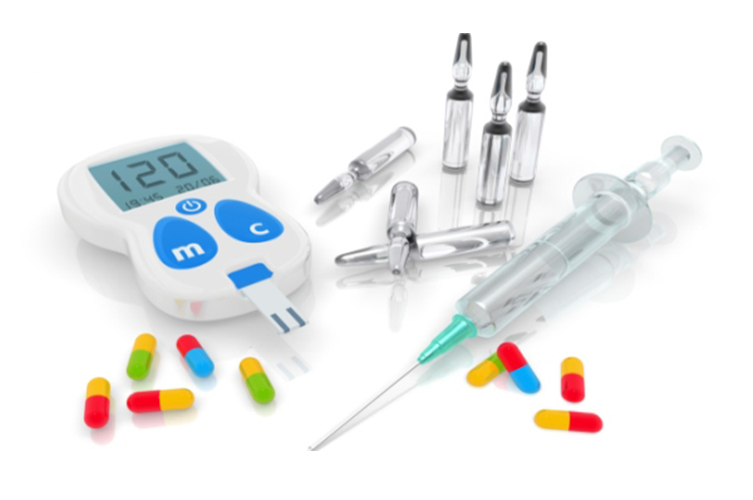
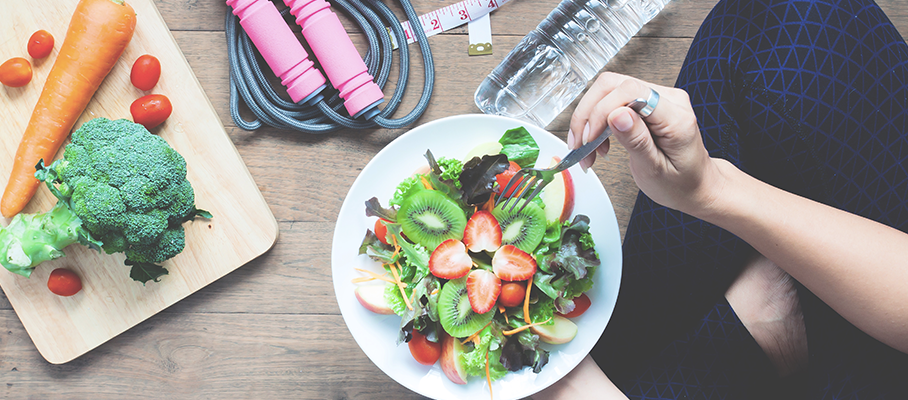
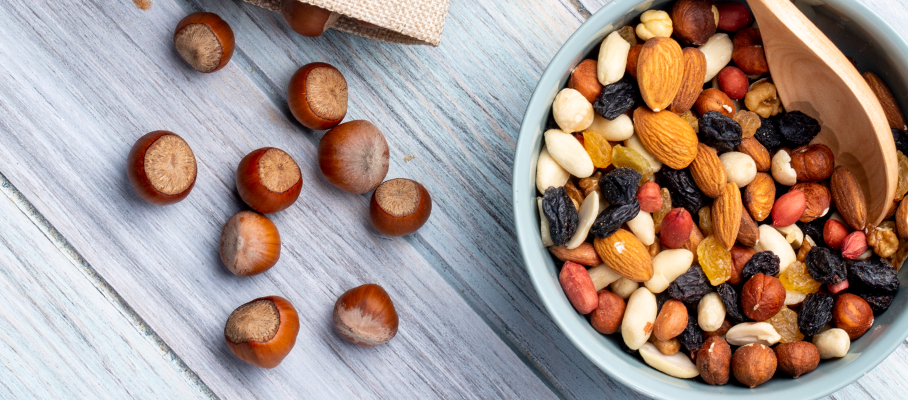
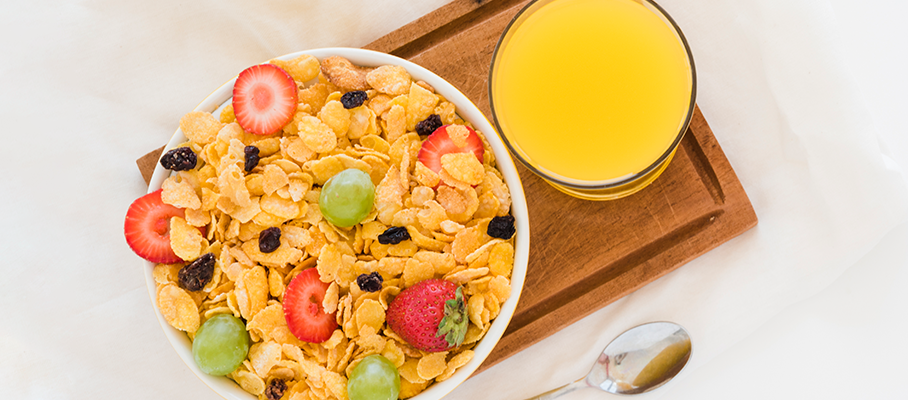





 WhatsApp
WhatsApp